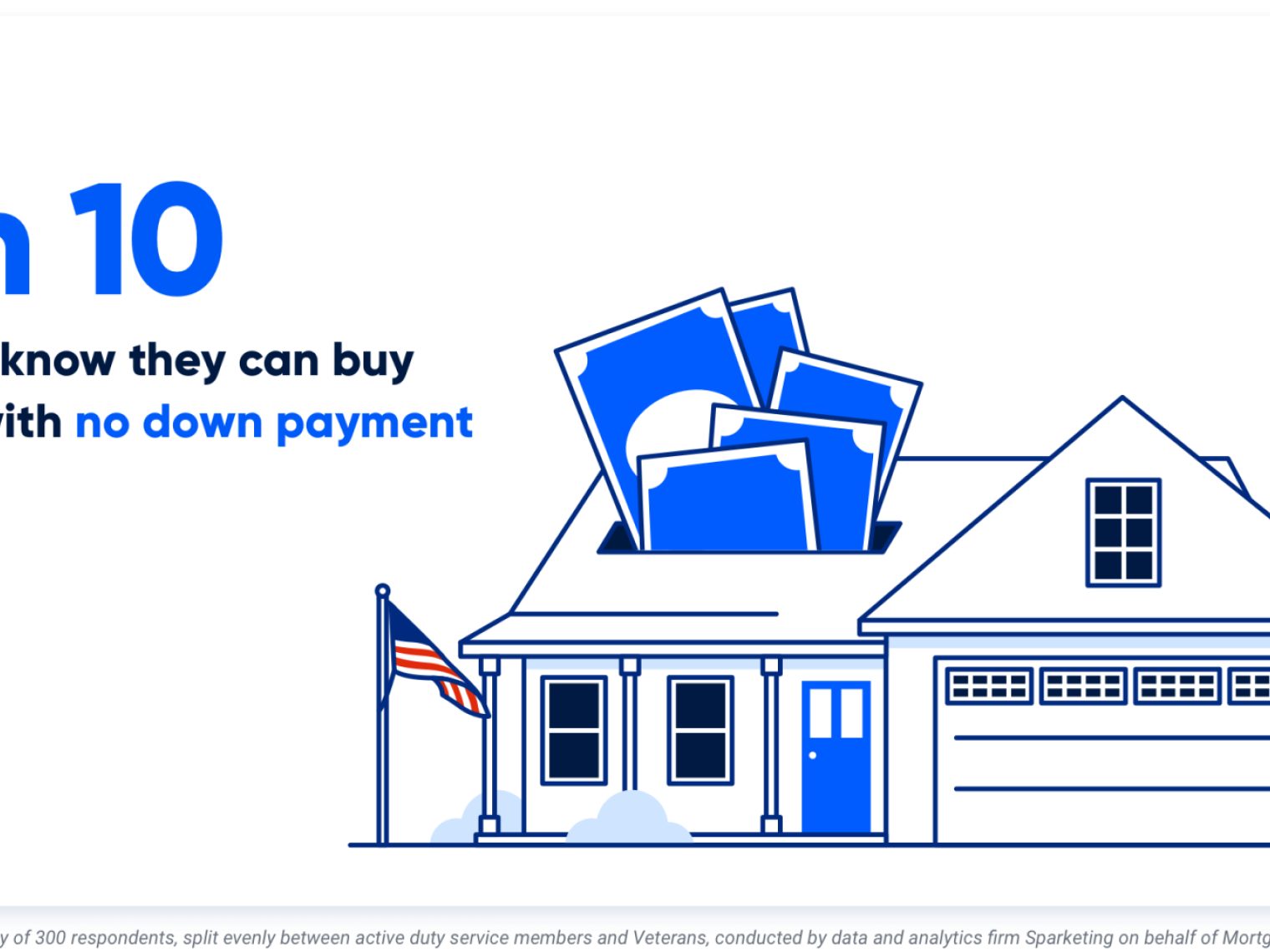One of the most dreaded responses a loan officer or real estate agent can receive from an appraiser is that the home requires repair to pass the VA’s minimum property requirements (MPRs). While the purpose of MPRs is to protect the buyer and ensure the home is safe, structurally sound and sanitary, there’s no doubt that this news can be frustrating.
By becoming an expert on the VA appraisal and property requirements, you can reduce the number of repairs, but it’s not likely you will be able to catch every single little thing. Occasionally, the repairs are as simple as placing a cap on an exposed wire. But there are other times when repairs can be extensive.
Common VA Appraisal Repairs
Some common VA loan appraisal repairs include:
- Lead-based paint
- Asbestos
- Roof age and condition
- Foundation issues
- Electrical systems
- Mechanical systems
VA Loan Appraisal Repairs Process
When your appraisal is subject to repairs, you have to deal with it, or the loan won’t close. Here's a step-by-step guide to lead you through an appraisal repair so that you have the best opportunity to still get the loan closed.
Step 1: Get a Copy of the Appraisal Notes Regarding the Repairs
Your loan officer should inform you of what items that require repair, but it’s always best to get your eyes on the appraisal yourself. This way, you can see exactly what the appraiser says and if they give any helpful tips regarding what would be an acceptable repair. You should also double-check the appraisal to make sure the loan officer didn't miss anything regarding repairs.
Step 2: Identify Each and Every Repair Needed
This seems simple, but list out each repair. Bullet points, hand-written or on your phone, have a list you can reference throughout the process. We recommend lists because it’s easy to get laser-focused on one big issue and forget to resolve another minor one. You'll want to ensure that once the appraiser comes back to conduct the re-inspection, they will find every single thing repaired. In general, each time the appraiser comes to the property, the buyer is charged. If you can limit the number of contacts the appraiser has with the home, you can keep costs down for your client and help speed up the process.
Step 3: Consult With Your Loan Officer
See if your loan officer has received any communications from the appraiser and get clarification on anything you find confusing. The loan officer may have some great insight on how to deal with a certain MPR if it’s something they've run into before. This is also a great time to get clarification on who can and can’t pay for the cost of specific repairs and a list of what documentation you will need to provide.
Step 4: Talk with the Seller's Agent
Once you have a clear understanding of what repairs are needed and who can pay for them, your loan officer will communicate with the seller’s agent. They should outline clearly item by item what repairs are necessary. Make sure to clearly outline what documentation will be required for each repair, whether it be receipts, invoices or reports. Not having all the documentation you need can really slow down a closing. Work as a team and include the loan officer in these discussions to provide clarification when necessary.
Step 5: Schedule Repairs
Coordinate with the seller’s agent to get repairs scheduled and a time frame for completion. Make sure you communicate the times to everyone, and discuss with all parties if the closing date will have to be changed. If the repairs go past the scheduled time frame, make sure the seller’s agent understands that this could delay closing. Keeping communication lines open and adjusting expectations as needed will keep everyone on the same page and hopefully assist in avoiding unnecessary confrontations.
Step 6: Gather Documentation
In most cases, if a repair is required on a property for the home to meet the VA’s MPRs, then the VA has determined that this type of closing cost can’t be paid for by the buyer. There are some exceptions here, so make sure to communicate with your loan officer regarding the repairs specific to your appraisal.
Regardless of who handles the expense, you will likely have to provide documentation showing who paid for the repairs, who conducted the repairs (and their licensing status if necessary), what was repaired and the exact cost. This can range from a pile of receipts from the local hardware store along with a letter of explanation on how the homeowner made the repair themselves to a detailed invoice from a licensed contractor or engineer.
Make sure that when you submit the documentation it’s very clear, legible and all pages are included. If an underwriter can’t read it or it’s missing a page, the closing could get pushed back in order for the loan officer to obtain a clearer or complete copy.
Step 7: Appraisal Re-inspection
Once all repairs have been completed and documentation has been compiled, your loan officer will schedule a re-inspection. At that time, the appraiser will go back out to the property and confirm that the repairs have been made satisfactorily.
Getting a seller to agree to repairs can be difficult, but here is a great opportunity for you to make sure they are aware of the fact that this buyer is a Veteran or active duty service member and they've earned this home loan benefit by protecting our country. With a little guidance from your loan officer and this guide, you should be on your way to closing in no time.
If you have any questions, please don't hesitate to email us directly at education@vu.com.
Related Posts
-
 VA Loan Down Payment RequirementsVA loans have no down payment requirements as long as the Veteran has full entitlement, but only 3-in-10 Veterans know they can buy a home loan with zero down payment. Here’s what Veterans need to know about VA loan down payment requirements.
VA Loan Down Payment RequirementsVA loans have no down payment requirements as long as the Veteran has full entitlement, but only 3-in-10 Veterans know they can buy a home loan with zero down payment. Here’s what Veterans need to know about VA loan down payment requirements. -
 5 Most Common VA Loan Myths BustedVA loan myths confuse and deter many VA loan borrowers. Here we debunk 5 of the most common VA loan myths so that you can borrow with confidence.
5 Most Common VA Loan Myths BustedVA loan myths confuse and deter many VA loan borrowers. Here we debunk 5 of the most common VA loan myths so that you can borrow with confidence.


